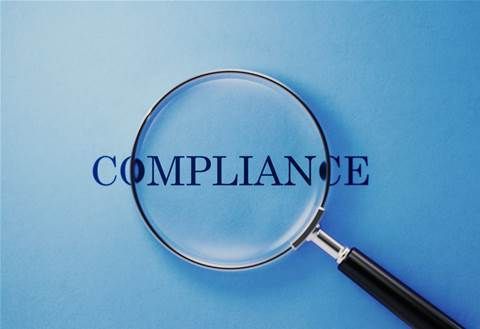Latest News
Unprotected Cloud Database Leaks 800 Million WordPress Users’ Data
An improperly configured cloud database has exposed more than 800 million users’ account info.
A US hosting provider has
accidentally leaked the account information of well over 800 million WordPress users. The company,
DreamHost, failed to protect the cloud database with a password, leaving it wide open for cybercriminals to breach.
The data, dating back to 2018, was discovered online and traced back to the managed WordPress hosting provider. The 86GB of data included information from 814 million users, such as login location URLs, first and last names, email addresses, usernames, roles, host IP addresses, timestamps, and configuration and security information.
Even more concerning was that some of the account information involved users with .gov and .edu domains. Fortunately, the database was secured just hours after its discovery.
The concern is that this data was accessible to the public for an unknown period of time. That makes it likely that malicious third parties could have accessed it, stolen the data, and can now use it for phishing campaigns.
The right cybercriminal could use this data to target and harass users with spam, and subsequent hacking attempts. A data set this large, including names and emails, would be a very effective foundation for a massive phishing campaign.
What Should You Learn From This Breach?
This is yet another reminder of why basic cybersecurity processes are so important. While passwords are not the end-all, be-all of cybersecurity, they’re still a critical part of developing an effective defence.
If your data was exposed in this breach, be prepared for more targeted phishing attacks against you. Social engineering scams like phishing use manipulation and deception to target individuals with the goal of getting them to give up sensitive information or complete a task that benefits the hacker's end goal.
Here are a few best practices to mitigate the risk of social engineering:
- Proper Password Management: Make
password security a top priority, and enforce individual accountability for the safety of all end-user accounts
- Two-factor Authentication: Use secondary confirmation methods in addition to passwords to add an extra layer of protection to accounts and devices
- Endpoint Protection/Anti-Phishing Defences: While these precautions can't make up for a lack of diligence on your employees' part, they're a good place to start and a necessity for basic cybersecurity.
- Standard Protocols For Requests: Have set steps in place for management to follow when asking for information or access from employees. If your employees have a clear idea of how these interactions should look, they're less likely to be fooled by a hacker posing as their supervisor
As always, stay vigilant and aware. The better you stay up to date with the latest cybercrime events and trends, the better prepared you’ll be to defend against them.
More CyberUnlocked Blogs





